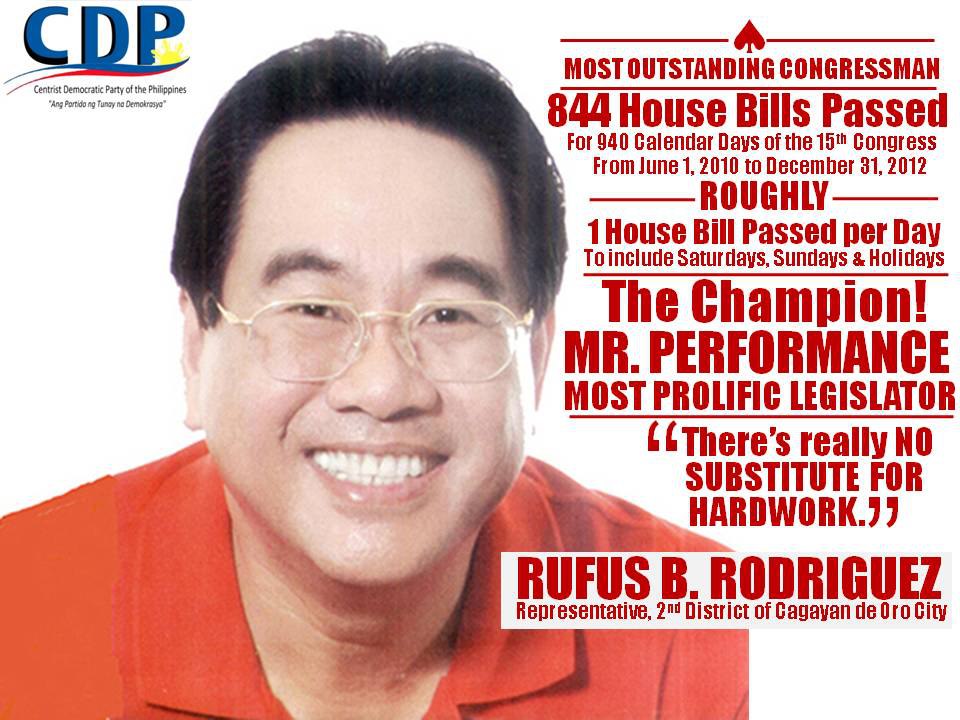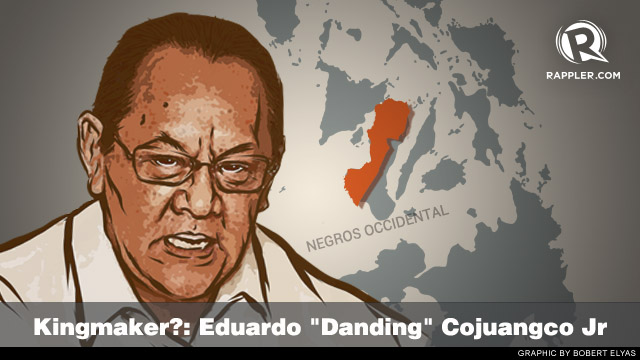2013/05/11 16:34:19
(By Chen Chao-fu and Elizabeth Hsu)
enditem /pc
enditem /pc

Taipei, May 11 (CNA) The Taiwanese fishing boat that was fired on
Thursday by a Philippine government vessel was riddled with bullet
holes, which suggests that "heavy weapons " were probably used in the
incident, a Taiwan prosecutor said Saturday.
A total of 52 bullet holes were found on the Kuang Ta Hsing No. 28, said Liu Chia-kai from the Pingtung District Prosecutors Office after examining the 15-ton vessel that is registered in Liouciou Township, Pingtung County, in southern Taiwan.
On the port side, there are 10 holes where the bullets penetrated parts of the boat that are quite thick, which means they may have been shot from "heavy weapons," but it could not be ascertained whether they were from 50-caliber machine guns, Liu said.
Ballistics analysis will be carried out on the bullet shells that were found on the boat, and the 52 bullet holes have been photographed as evidence, he added.
The boat is "a scene of devastation," said one of the forensics technicians who checked the boat, which is now docked at Ta Fu fishing port on Siaoliouciou Island off Pingtung.
A 65-year-old Taiwanese fisherman Hung Shih-cheng was killed when the Philippine government vessel opened fire on the the Kuang Ta Hsing on which he was working.
Taiwan prosecutors said Hung was killed by a bullet that penetrated the right side of his neck. Liu has asked that the body be taken to Kaohsiung for forensic examination.
The shooting took place 164 nautical miles southeast of Taiwan's southernmost tip Thursday, in waters in the overlapping exclusive economic zones of Taiwan and the Philippines.
Taiwan has said that the Philippines should take full responsibility for the shooting, which it described as "excessive use of force."
"Under no circumstances should a Philippine government vessel shoot at a Taiwanese fishing boat that is not armed," Foreign Minister David Lin said Friday, stressing that the incident occurred in the overlapping economic zones of the two countries.
Meanwhile, Hung Yu-chih, skipper of the Kuang Ta Hsing and son of Hung Shih-cheng, denied that the incident was triggered by his attempt to ram the Philippine government vessel.
Hung Yu-chih said it was not possible for his boat to ram the much bigger Philippine vessel and that the crew had not taken any aggressive action as a Phillippine Presidential Office spokesman claimed.
After the shooting began, the unarmed fishing boat attempted to flee as fast as possible, he said, stressing that it was the other vessel that opened fire.
"The bullets came like rain," forcing the fishing boat crew to seek shelter in the cabin, but that is where his father was shot, the skipper said.
A total of 52 bullet holes were found on the Kuang Ta Hsing No. 28, said Liu Chia-kai from the Pingtung District Prosecutors Office after examining the 15-ton vessel that is registered in Liouciou Township, Pingtung County, in southern Taiwan.
On the port side, there are 10 holes where the bullets penetrated parts of the boat that are quite thick, which means they may have been shot from "heavy weapons," but it could not be ascertained whether they were from 50-caliber machine guns, Liu said.
Ballistics analysis will be carried out on the bullet shells that were found on the boat, and the 52 bullet holes have been photographed as evidence, he added.
The boat is "a scene of devastation," said one of the forensics technicians who checked the boat, which is now docked at Ta Fu fishing port on Siaoliouciou Island off Pingtung.
A 65-year-old Taiwanese fisherman Hung Shih-cheng was killed when the Philippine government vessel opened fire on the the Kuang Ta Hsing on which he was working.
Taiwan prosecutors said Hung was killed by a bullet that penetrated the right side of his neck. Liu has asked that the body be taken to Kaohsiung for forensic examination.
The shooting took place 164 nautical miles southeast of Taiwan's southernmost tip Thursday, in waters in the overlapping exclusive economic zones of Taiwan and the Philippines.
Taiwan has said that the Philippines should take full responsibility for the shooting, which it described as "excessive use of force."
"Under no circumstances should a Philippine government vessel shoot at a Taiwanese fishing boat that is not armed," Foreign Minister David Lin said Friday, stressing that the incident occurred in the overlapping economic zones of the two countries.
Meanwhile, Hung Yu-chih, skipper of the Kuang Ta Hsing and son of Hung Shih-cheng, denied that the incident was triggered by his attempt to ram the Philippine government vessel.
Hung Yu-chih said it was not possible for his boat to ram the much bigger Philippine vessel and that the crew had not taken any aggressive action as a Phillippine Presidential Office spokesman claimed.
After the shooting began, the unarmed fishing boat attempted to flee as fast as possible, he said, stressing that it was the other vessel that opened fire.
"The bullets came like rain," forcing the fishing boat crew to seek shelter in the cabin, but that is where his father was shot, the skipper said.




